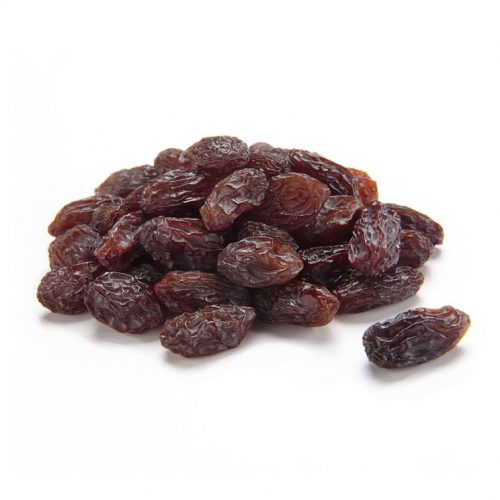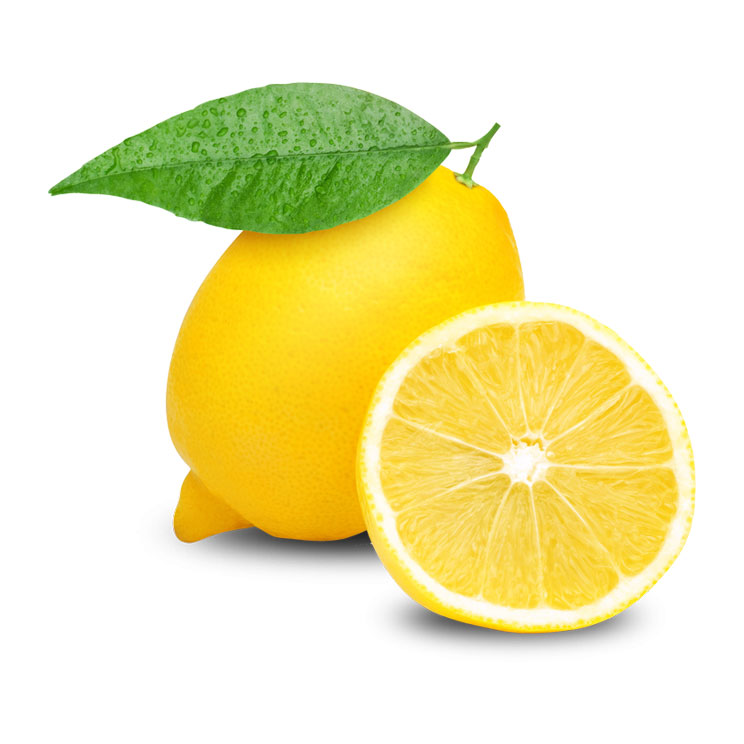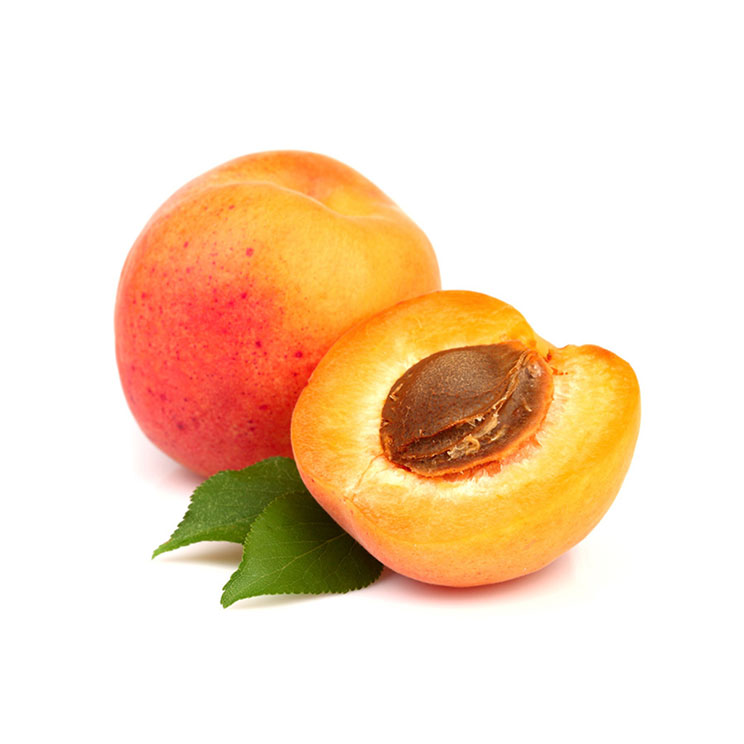Currants

Raisins have a great nutritional value, many beneficial properties while being moderate in calories. Raisins come from grape dehydration, a process that takes place in an open environment under the sun or by mechanical drying in ovens or chambers. The best ones are those that are sun-dried without chemical treatment.
The most popular types of raisins are sultanas, raisins of Malaga, Monukka raisins, currants of Zakynthos, currants, raisins of Moschato and raisins of Thompson without pomegranates.
Dried grapes or currants (Corinthian and Sultanina) may contain pieces of stalk, so you must distinguish them first. Artificially dried raisins are usually cleaner, but you will need to put them in boiling water for a few seconds before adding them to cakes.
Nutrients
Raisins provide us with many essential nutrients and their daily consumption can offer several health benefits. We recommend ¼ cup of dried fruit a day, such as raisins. A portion of raisins (28 g) provide 130 calories. Raisins are rich in carbohydrates, mainly natural sugars and are therefore a good choice in cases of atony and lack of energy. Raisins are a good source of fiber, thiamine, vitamin B6, riboflavin, iron, phosphorus, potassium, magnesium and calcium
Raisins have a great nutritional value, many beneficial properties while being moderate in calories. Raisins come from grape dehydration, a process that takes place in an open environment under the sun or by mechanical drying in ovens or chambers. The best ones are those that are sun-dried without chemical treatment.
The most popular types of raisins are sultanas, raisins of Malaga, Monukka raisins, currants of Zakynthos, currants, raisins of Moschato and raisins of Thompson without pomegranates.
Dried grapes or currants (Corinthian and Sultanina) may contain pieces of stalk, so you must distinguish them first. Artificially dried raisins are usually cleaner, but you will need to put them in boiling water for a few seconds before adding them to cakes.
History of raisin
According to the story, the raisins were first discovered in 2000 BC. The frescoes from antiquity show that the raisins were consumed and used as decorative in the Mediterranean regions of Europe.
Between 120-900 BC, the Phoenician settlers cultivated the vineyards in the areas of Malaga, Valencia and Corinth. About the same time period, the Armenians cultivated their vineyards in Persia (Turkey, Iran, Iraq). These areas constituted the perfect climate for the production of raisins and were also close to Greece and Rome, which were the best markets for raisins. Corinthian currant, without pits, was first cultivated in Corinth, from where it got its name. Ancient doctors recommended raisins as a cure for everything, from food poisoning to old age.
Although it was widely known, raisins were not exported to the rest of Europe because it was not easy to maintain their quality on long journeys until the 11th century. Then the Knights returned from their crusades with raisins with them, and the packing and shipping techniques had been improved enough to be dispatched throughout Northern Europe.
By the middle of the 14th century, raisins were an important part of English cuisine. In the 18th century, Californian raisins are “born”, which is now the largest producer in the world.
Seasonality
| Jan | Feb | Mar | Apr | May | Jun | Jul | Aug | Sep | Oct | Nov | Dec | Exportable |
|---|---|---|---|---|---|---|---|---|---|---|---|---|
| Jul | Aug | Sep | Oct | Nov | Exportable |
|---|---|---|---|---|---|
More Products






